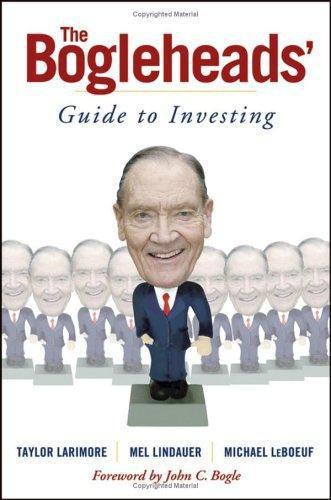
Title: The Surprising Intersection of ICE, Halo, and Pop Culture
In an unexpected fusion of pop culture and government operations, the United States Immigration and Customs Enforcement (ICE) has recently employed visuals from Microsoft’s renowned sci-fi shooter game, Halo, in their recruitment advertisements on social media. This action has ignited conversations and raised eyebrows across several platforms, as it coincides with other cultural sensations linked to the Halo franchise.
ICE, a federal agency under the Department of Homeland Security, is tasked with enforcing immigration laws and maintaining national security. Their choice to include Halo visuals in recruitment initiatives appears to be a calculated effort to attract a younger, tech-savvy demographic that is well-acquainted with the gaming realm. The incorporation of such visuals is particularly fascinating given the timing, as it aligns with Microsoft’s promotional campaigns for a forthcoming Halo game launch.
At the same time, the cultural environment has experienced a humorous crossover where GameStop and the U.S. administration have participated in playful exchanges, depicting former President Donald Trump as Master Chief, the lead character of the Halo series. This lighthearted interaction adds a touch of humor and approachability to political dialogue, capitalizing on the widespread familiarity with the Halo brand.
Microsoft, the developer of the Halo series, finds itself at the heart of these occurrences. As they strive to promote their latest Halo release, the unanticipated use of their intellectual property by a federal agency and its involvement in political memes presents both obstacles and prospects. On one side, it highlights the widespread reach of the Halo franchise; on the other, it raises concerns regarding brand control and the ramifications of its connection to contentious issues such as immigration enforcement.
The merging of these components—ICE’s recruitment approach, the playful Master Chief-Trump memes, and Microsoft’s marketing strategies—underscores the intricate interaction between government, popular culture, and corporate interests. It stands as a testament to the lasting influence of video games in modern society, crossing the boundaries of entertainment to shape political and social dialogues.
As these narratives unfold, they provide a unique perspective to scrutinize the role of cultural symbols in molding public perception and discussion. Whether this unanticipated partnership between ICE and Halo will be effective or contentious is yet to be determined, but it undoubtedly signifies an intriguing chapter in the ongoing story of how pop culture converges with real-world matters.